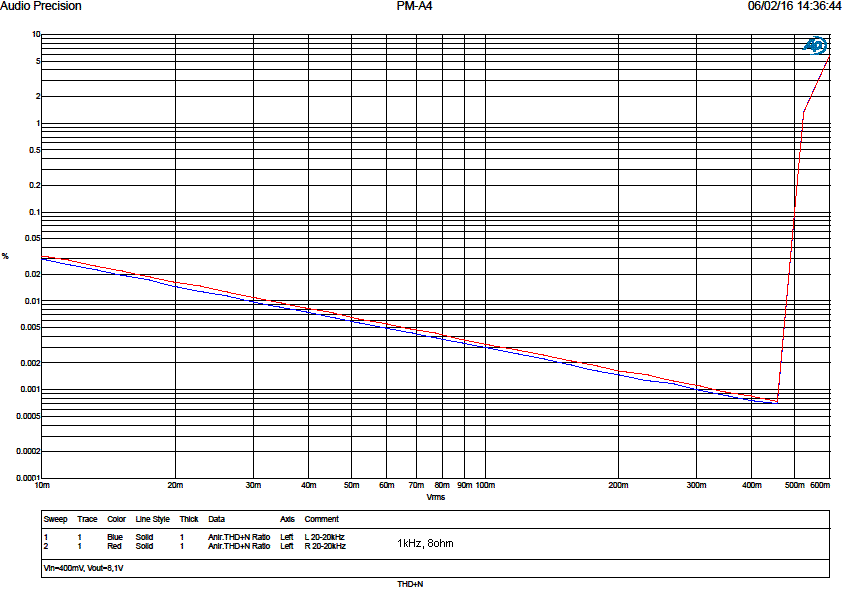restorer-john
Grand Contributor
That is news to me. Can you please explain how that works?
Residual or no signal noise in a power amplifier is relatively constant.
Signal to noise is referenced to the residual noise in V (hopefully uV) and to to the maximum undistorted (usually .1% or 1%) voltage swing. It is described in dB.
An amplifier with a 40V RMS swing (200W@8R) and an amplifier with a 10V RMS swing (12.5W@8R) with the same residual noise of 20uV will have S/N ratios of 126dB and 113.9dB respectively. A difference of over 12dB.
Basically, high power amplifiers get S/N numbers for free, all other things being equal.


